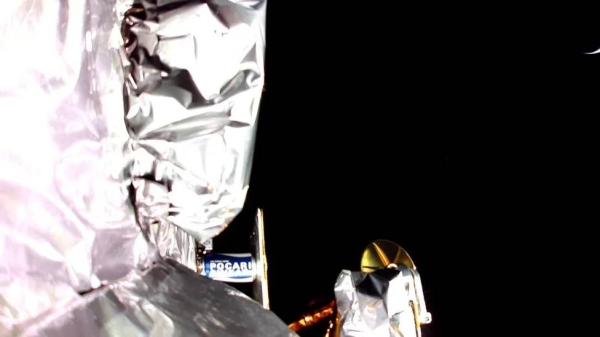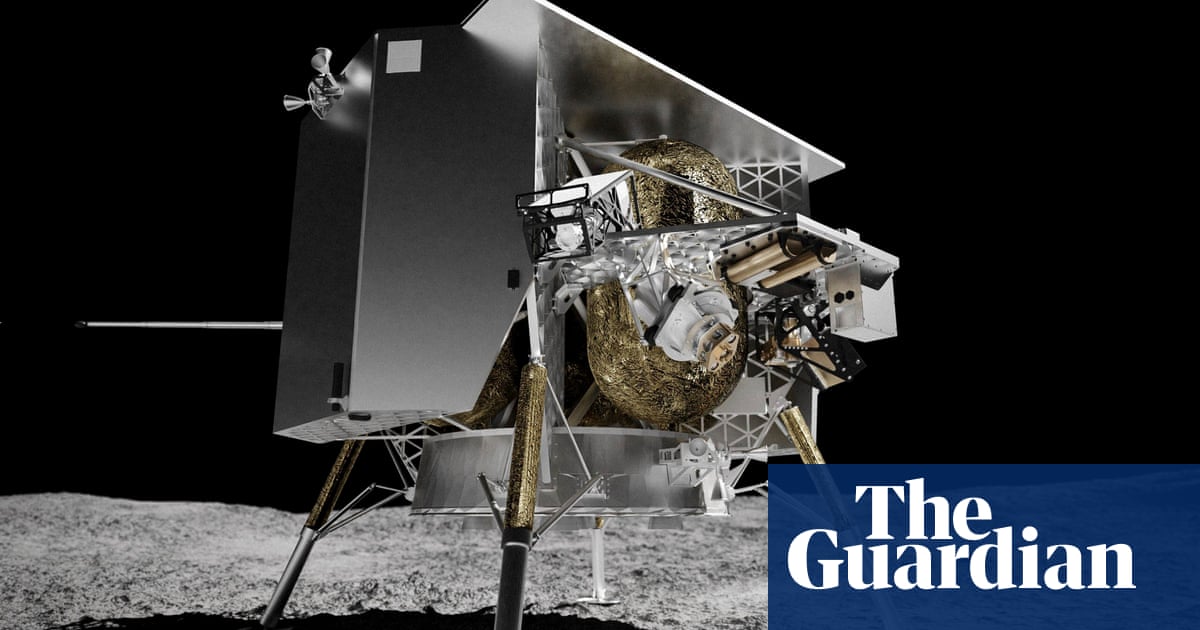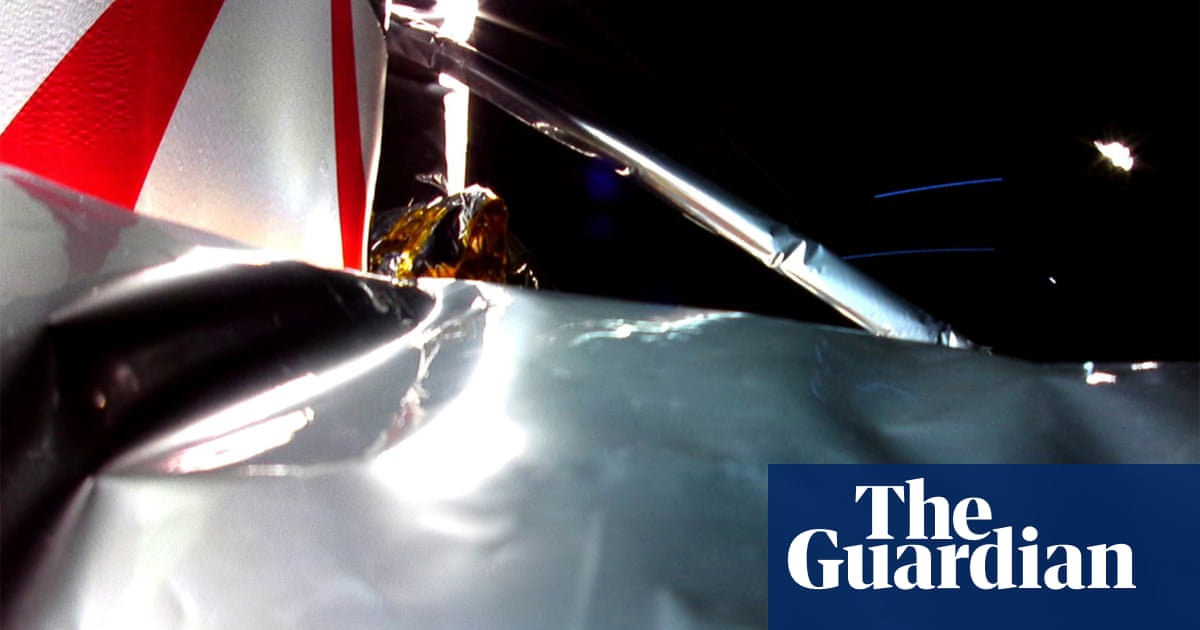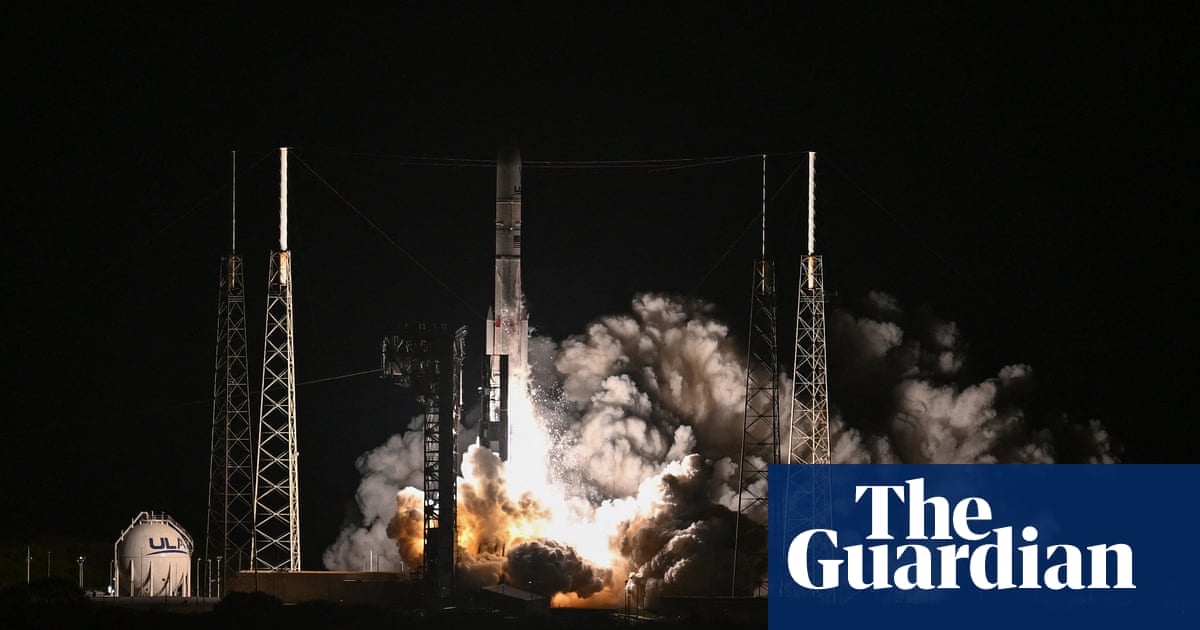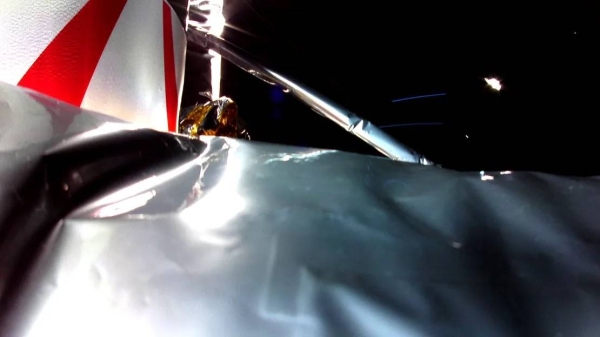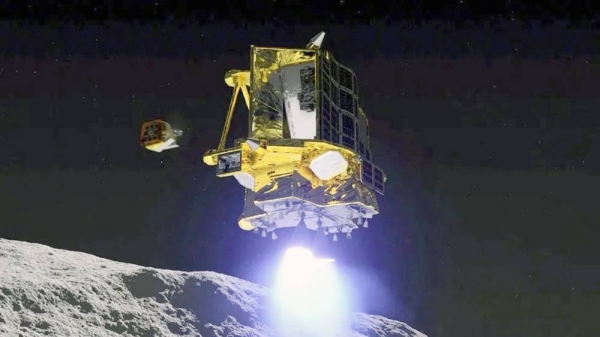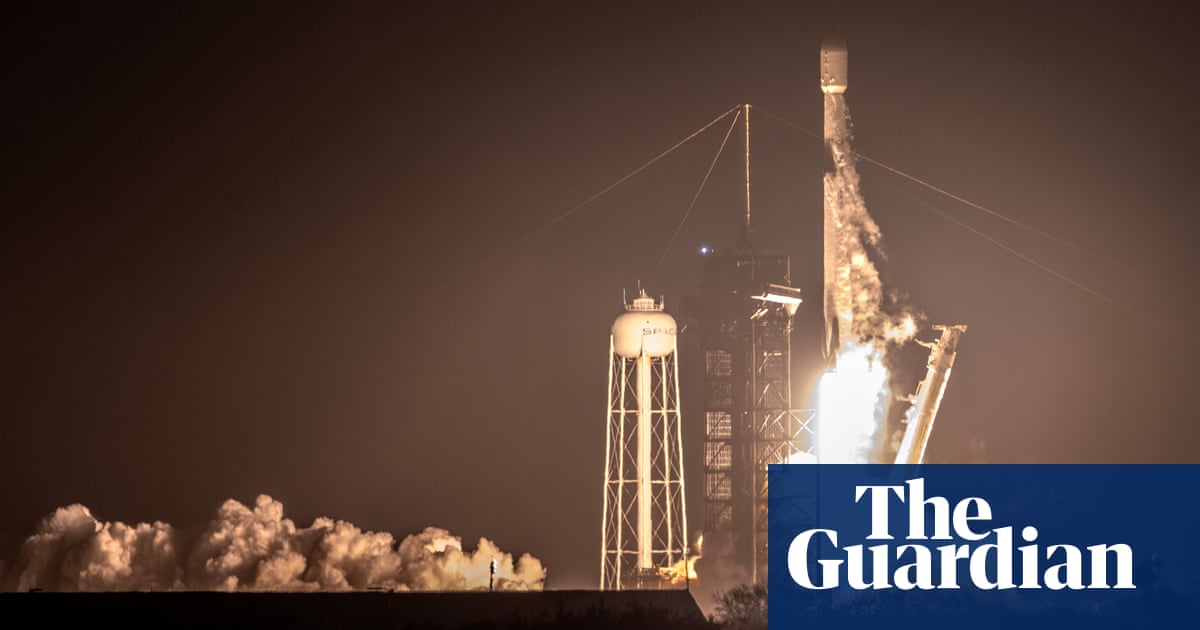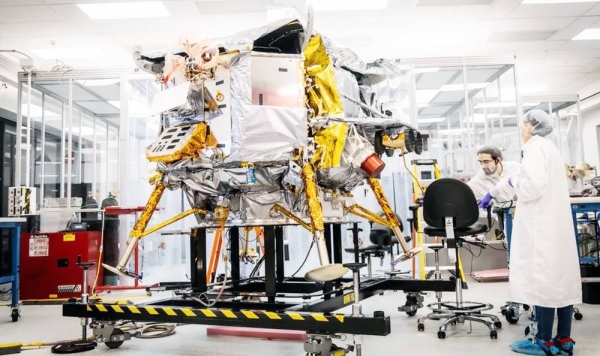
CAPE CANAVERAL — The private US Moon mission launched on Monday has run into technical problems.
The Astrobotic company behind the project says its Peregrine spacecraft has experienced an "anomaly" that has stopped it from pointing its solar panels stably at the Sun.
Without the ability to charge its battery, the mission"s plan to land on the Moon is in danger.
Astrobotic said engineers were working on the issue and would provide updates when it had more information.
The 1.2-ton lander was launched from Cape Canaveral, Florida, on a Vulcan rocket.
It is aiming to become the first American mission in half a century to make a soft landing on the Moon and the first commercial endeavor to do so.
The US space agency has purchased capacity on the lander for five instruments to study the lunar environment ahead of sending astronauts later this decade.
Astrobotic said the mission started to encounter problems as it was being put through post-launch checks.
The issue occurred after communications had been established with Peregrine and all its systems had been powered up.
Peregrine was struggling to maintain a stable lock on the Sun, enabling its solar panels to receive a constant supply of sunshine to generate electricity. Without power, it has no mission.
"The team believes that the most likely cause of the unstable Sun-pointing is a propulsion anomaly that, if proven true, threatens the ability of the spacecraft to soft-land on the Moon," the company said in a statement.
It added: "As the team fights to troubleshoot the issue, the spacecraft battery is reaching operationally low levels."
It is not unusual for spacecraft to experience technical hitches and Astrobotic engineers will have rehearsed many times how to respond to a variety fault scenarios.
And the spacecraft itself will also have been programmed to protect itself during such events, prioritizing power and communications back to Earth.
Astrobotic is the first of three US companies to send a lander to the Moon this year under a new private-public partnership with NASA.
The agency is buying transport services from the Pittsburgh firm and two other commercial ventures — Intuitive Machines and Firefly. Together, the trio plan six missions to the lunar surface in 2024.
All three US companies have NASA as a "customer", but the agency is "not in charge" of their missions. It is the firms themselves who have designed the spacecraft and will be in command as the missions progress. NASA believes this arrangement will introduce more innovation and reduce costs over time.
And NASA said it is prepared for some of the missions not to work. Speaking to the BBC last month, deputy administrator Pam Melroy, said: "What we have learned from our commercial partners is if we have a high enough cadence, we can relax some of the requirements that make it so costly, and have a higher risk appetite. And if they fail, the next one is going to learn and succeed." — BBC




